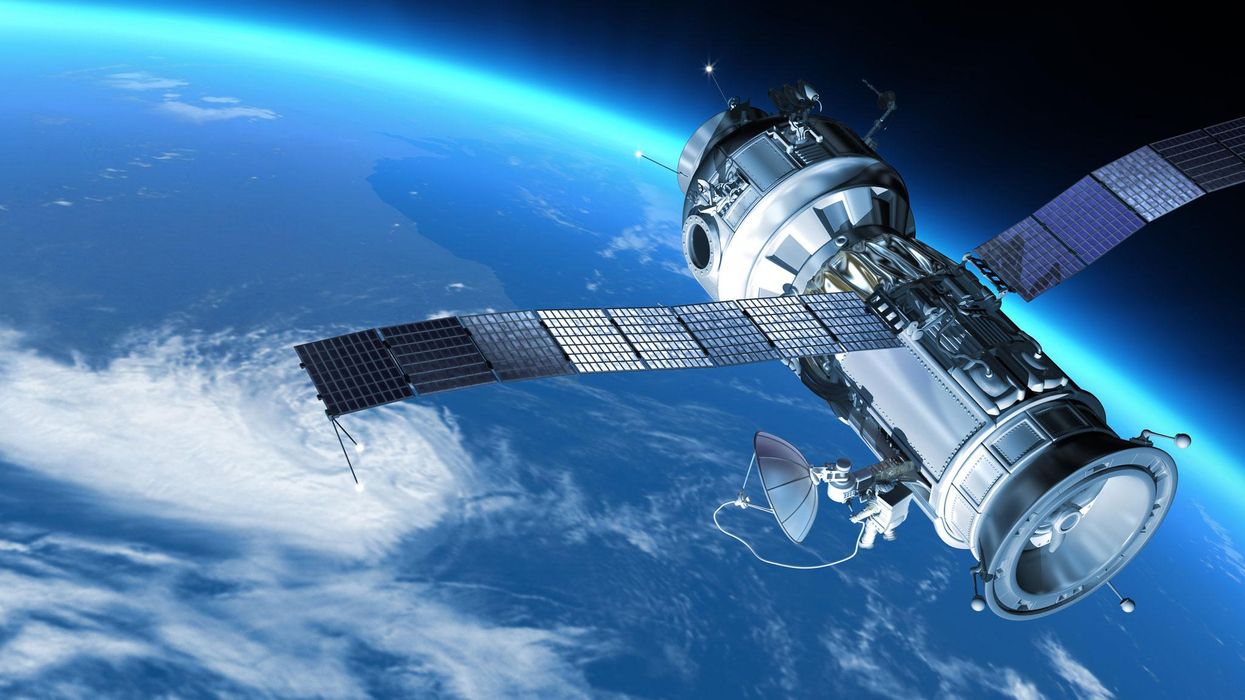Science & Tech
Mimi Launder
Apr 01, 2018
This is not an April Fool's joke: An 8.5-tonne, out-of-control Chinese space station will probably crash down to Earth tonight or early on Monday morning.
After months of speculation, the Tiangong-1, or 'Heavenly Place', lab was confirmed as 'out of control' in September 2016.
Understandably, this has raised some concern.
Tianong-1 - which is part of China's ambitious project to become a space superpower - is massive.
Vehicles in lower orbits are eventually expected to fall after they get bombarded by small atmospheric particles, eventually dragging them downwards.
Mostly, they burn up, but some components can and do survive.
Given its size, the amount of debris is likely to be much larger than usual when it comes to Tiangong-1.
The second problem is that its re-entry is uncontrolled.
Though the 8,500 kg Tiangong-1 is not the largest object to re-enter the atmosphere - with Russia's Mir space station easily taking that title at 120,000kg - the Mir was under control, whereas Tiangong-1 is not.
Another concern is the hazardous materials on board. The Aerospace Corporation warns:
There may be a highly toxic and corrosive substance called hydrazine on board the spacecraft that could survive reentry.
For your safety, do not touch any debris you may find on the ground nor inhale vapors it may emit.
It's hard to predict where the surviving pieces might land, though the Aerospace Corporation estimates that station will fall somewhere between the latitudes of 43° N and 43° S, an area largely covered by ocean but including the US, parts of southern Europe and China.
But nobody panic just yet.
The Aerospace Corporation pointed out:
The probability that a specific person (i.e., you) will be struck by Tiangong-1 debris is about one million times smaller than the odds of winning the Powerball jackpot.
In the history of spaceflight, no known person has ever been harmed by reentering space debris.
Only one person has ever been recorded as being hit by a piece of space debris and, fortunately, she was not injured.
Though the space station was initially given a two-year lifespan after its set-up in 2011, this was extended by two and a half years to conduct more experiments.
It has had a rich history. for example, in 2012, China sent its first female astronaut, Liu Yang, as part of the team that manually docked with the lab.
HT Quartz
More: The worrying reason we may not be able to go to space in the future
Top 100
The Conversation (0)














